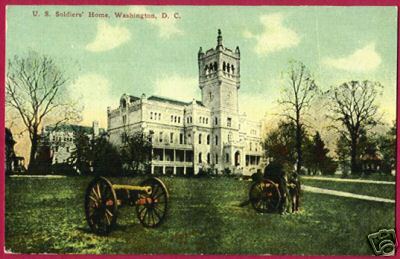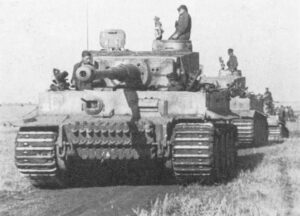Private James Wilber Darcy (also known as James Wilber), a veteran of the Little Bighorn in Company M, 7th Cavalry died on July 13, 1920 at the Old Soldiers’ Home in Washington, DC. He was born on August 2, 1849 in Laurel, Maryland, and prior to serving in the army did a stint in the United States Navy on the USS Allegheny, an iron-hulled steamship. He enlisted in the army on September 8, 1875 in Chicago, Illinois; Darcy arrived at Company M at Fort Rice on October 21, 1875. Records show he was 5’8¾” tall, had hazel eyes, light hair and a fair complexion. Private James W. Darcy was wounded on the second day of the fight, as he went for water for the wounded men; the wound fractured his tibia and left him partially immobile.
Private Darcy was evacuated to Fort Abraham Lincoln after the battle on the steamer Far West due to his serious wound in the left leg, which fractured his tibia. He was discharged at the fort on November 1, 1876 for medical disability as a private of good character. Darcy was admitted to the U.S. Soldiers’ Home on December 2, 1877. His gravestone notes that he served in the Spanish-American War. Darcy began to receive a pension in 1917. James died of a cerebral hemorrhage and arteriosclerosis at Barnes Hospital, U.S. Soldiers’ Home. He is buried there in Section K, Grave 8301. His wife, Martha, received a pension after his death of six dollars/month. (Custer’s Best: The Story of Company M, 7th Cavalry at the Little Bighorn)
**********
On July 13, 1943, Adolf Hitler discussed the progress of the Kursk Offensive with Field Marshal Erich von Manstein, commander of Army Group South and Field Marshal Günther von Kluge, commander of Army Group Center, which was attacking towards Kursk from the north. Von Kluge recommended an end to the offensive, while von Manstein insisted that given certain conditions, he desired to continue the attack, as he felt his forces were on the brink of success and were severely crippling enemy armored forces arrayed against them. The Führer duly suspended offensive operations for Army Group Center but allowed the Fourth Panzer Army of Army Group South to continue to destroy enemy forces in its zone of attack. (Waffen-SS Tiger Crews at Kursk: The Men of SS Panzer Regiments 1, 2 & 3 in Operation Citadel, July 5-15, 1943)

